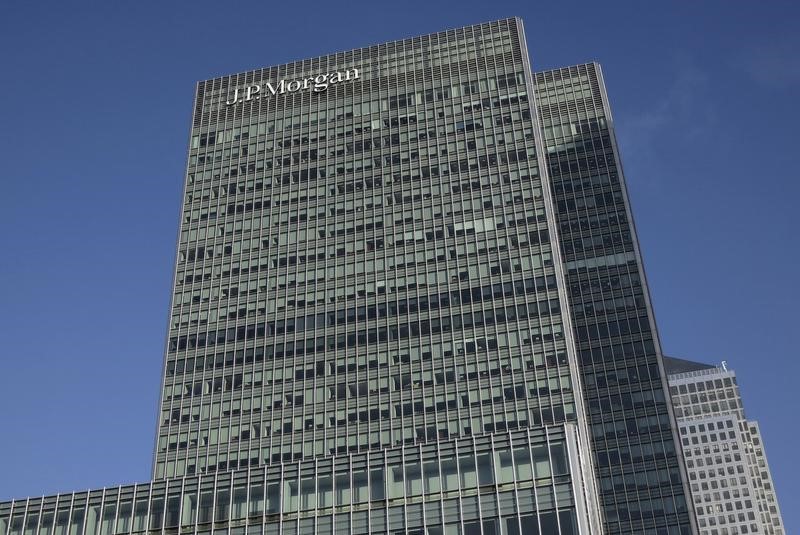By Senad Karaahmetovic
Qorvo (NASDAQ:QRVO) shares are trading 5% lower after the company’s full-year forecast missed analyst expectations. Moreover, the selloff was fueled by a double-downgrade of QRVO stock by JPMorgan analysts.
Qorvo reported an EPS of $2.66 on revenue of $1.16 billion, beating the consensus of EPS of $2.54 on revenue of $1.13 billion.
“Qorvo delivered a solid September quarter, supported by a large customer launch and strength in defense and power. In the December quarter, Qorvo is continuing to adjust to weakening end-market demand while taking steps to significantly reduce inventory in the channel,” said Bob Bruggeworth, president and CEO of Qorvo.
For this quarter, Qorvo sees an adjusted EPS between $0.50 and $0.75, a big miss compared to the consensus of $1.69. Revenue is seen at $725 million (the midpoint), again a significant miss compared to the average analyst estimate of $980.6 million.
The company also announced that its Board of Directors has authorized the stock buyback plan of up to $2 billion.
The analysts slashed the rating on QRVO stock by two notches, citing near-term macro headwinds, inventory burn, slow revenue/margin recovery, and long-term China risk. The new price target is $90 per share, down from the prior $125.
“It is important to note that our rating on QRVO is a relative call vs the group, for which see a positive move over the next 12-18 months and where we see QRVO participating, but we think at a slower pace due to the near- to long-term headwinds,” they said in a client note.
Goldman Sachs analysts lowered the price target to $95 per share from $105 to reflect a weak forecast.
“Although the December and March quarters are likely to represent the near-term trough for Qorvo and the $2bn share repurchase authorization likely serves as a reminder to investors of Qorvo's resilient FCF generation profile, we maintain our Neutral rating on the stock, and await signs of sustainable share growth in Mobile and/or an acceleration in growth in the relatively nascent businesses (e.g. SiC, UWB),” they wrote to clients.
